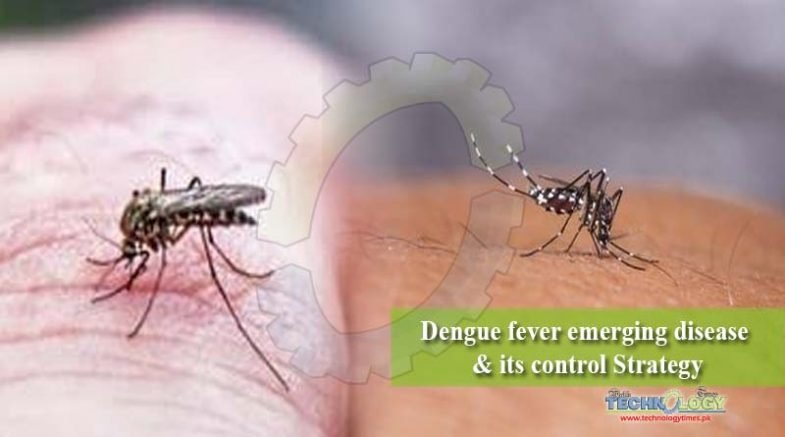Dengue fever is an emerging viral disease all over the world especially developing countries i.e. Pakistan, India, Bangladesh, Sri Lanka and also have a major health hazardous.
 According to WHO (world health organization) 50 million viral infection occur every year and about 3/5th of world population is at risk level due to dengue fever. In Pakistan first outbreak of emerging disease (DENV) was reported in 1994-1995 in Sindh. From last 5-7 years spreading of dengue fever in Pakistan was four times higher as compared to any other country and morbidity and mortality has been increased during earth quacks and floods.
According to WHO (world health organization) 50 million viral infection occur every year and about 3/5th of world population is at risk level due to dengue fever. In Pakistan first outbreak of emerging disease (DENV) was reported in 1994-1995 in Sindh. From last 5-7 years spreading of dengue fever in Pakistan was four times higher as compared to any other country and morbidity and mortality has been increased during earth quacks and floods.
Dengue fever (DENV) is an enveloped, single stranded, RNA virus of family Flaviviridae and genus flavivirus. DENV has four serotypes DENV-1, DENV-2, DENV-3, DENV-4. Any person effected from one stereotype of dengue fever may develop lifelong immunity against the homologous serotype but does not provide any immunity against other stereotypes.
Sign and Symptoms
Signs and symptoms of dengue fever usually begins five to seven days after infection and last for up to 8-10 days. 80% cases of dengue fever are non-symptomatic with normal fever and headache. Persons effected with single serotype of dengue fever usually recovered within few days but those suffering from multiple serotype are at a great risk.
Dengue fever emerging disease may include high fever, headache, pain in eyes, joint and muscle pain ,fatigue, nausea, vomiting, skin rashes, nose and gums bleeding. symptoms may be mild and can be mistaken as that of seasonal viral infections.
Life cycle
The dengue fever is arthropod born disease caused by biting of female mosquito Aedes aegypti and Aedes albopictus. occurrence of dengue fever is most common in rainy season from June to August. under suitable conditions Aedes mosquito egg takes less than 1 day for conversion into larva which takes then almost 4 days for conversion into pupa. After 2 days adult emerges out of pupa. Blood meal is crucial for maturation so whenever female takes blood, egg laying start within three days and life cycle continues. Some important factors responsible for occurrence of dengue fever are deforestation, insufficient public health care facilities, insufficient people knowledge, urbanization, increased population, unhygienic atmosphere.
Strategies for future control:
Following preventive measures should be adopted in order to prevent further spread of disease.
- Seminars should be conducted in order to educate the people about this problem.
- Proper hygienic conditions should be maintained.
- Tick sprays should be done especially during and before start of rainy season from June to august.
- Proper monitoring of highly over populated colonies should be done.
- In case of frequent fever and headache especially in rainy season blood testing should be done to diagnose the disease.
- Wear long sleeve shirts and long pants.
- Wash clothes using repellents like permethrin.
- Use EPA-registered mosquito repellent.
- Stagnant water in utensils, pots and other areas around houses should be avoided. 10.spray should be done on all corners of house and over populated areas.
- Disposed off solid waste properly and remove artificial handmade stuff.
- Destroy the natural habitat of mosquitoes by environmental management.
- Active surveillance and monitoring of should be done in order to check effectiveness of control measures All government and private environmental controlling authorities should work together to minimize this disease from Pakistan.